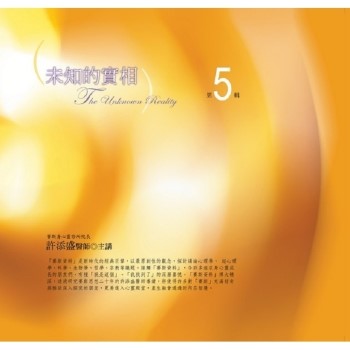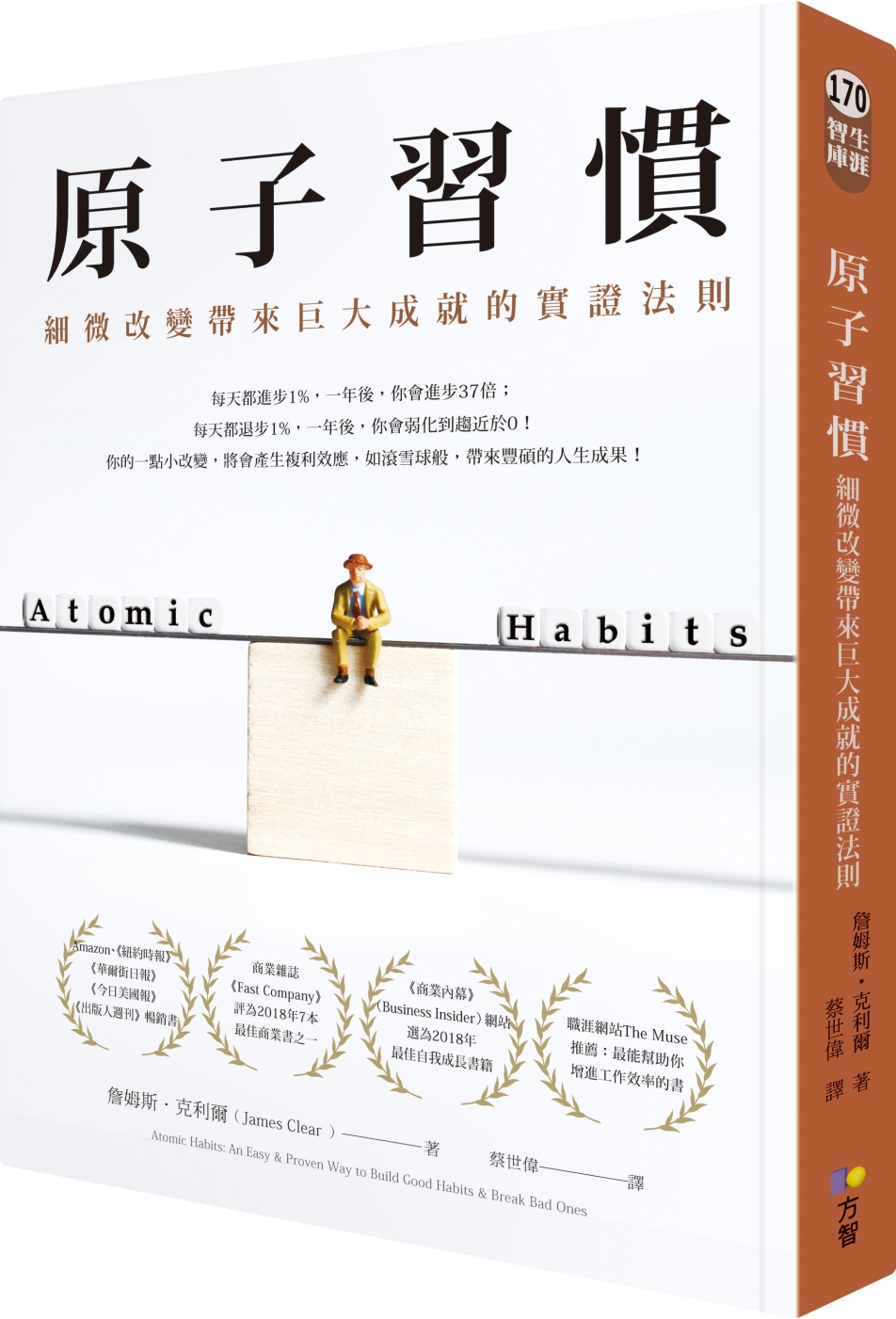In 1945, the United States exited the Second World War as the sole possessor of nuclear weapons. As the Cold War began, tensions between East and West mounted when communist expansionism quickly spread throughout Eastern Europe. By 1946, the most important national security question was: when would the Soviet Union acquire a nuclear capability? With U.S. human intelligence assets incapable of penetrating the secretive Soviet nuclear weapons program, America’s political and military leaders turned to technology to answer the question. In 1947, the U.S. Air Force assumed responsibility for creating a system capable of monitoring any nuclear detonation within the Soviet Union. Uncertainty about Soviet nuclear advancements compelled the Air Force to staff a small, highly classified unit with some of America’s most talented scientists. These people were experts in the fields of seismology, nuclear physics, radiochemistry, acoustics, atmospheric sciences, and several other geophysical disciplines. The result was the creation of the Atomic Energy Detection System (AEDS). In 1949, the Soviet Union conducted its first nuclear weapons test. The AEDS, while still under development, detected the detonation. This success immediately validated the Air Force’s Long Range Detection (LRD) mission. From that point on, and throughout most of the 1950s, the AEDS became the nation’s primary surveillance system for monitoring nuclear weapons testing. This first part of the narrative details how the Air Force embraced unprecedented levels of innovation to harness new sciences for the invention of instruments capable of conducting LRD. The second part reveals how LRD scientists played a key role in nuclear treaty negotiations during President Eisenhower’s second term in office. Their direct involvement resulted in the derailment of Eisenhower’s strong attempt to negotiate a comprehensive nuclear test ban treaty with the Soviet Union.
| FindBook |
有 1 項符合
Nuclear Vigilance: The Creation of the Atomic Energy Detection System and its Impact on Nuclear Arms Control Goals During the Eisenhower的圖書 |
 |
Nuclear Vigilance: The Creation of the Atomic Energy Detection System and its Impact on Nuclear Arms Control Goals During the Eisenhower 作者:Young 出版社:Lulu.com 出版日期:2023-07-05 語言:英文 規格:平裝 / 492頁 / 22.86 x 15.24 x 2.51 cm / 普通級/ 初版 |
| 圖書館借閱 |
| 國家圖書館 | 全國圖書書目資訊網 | 國立公共資訊圖書館 | 電子書服務平台 | MetaCat 跨館整合查詢 |
| 臺北市立圖書館 | 新北市立圖書館 | 基隆市公共圖書館 | 桃園市立圖書館 | 新竹縣公共圖書館 |
| 苗栗縣立圖書館 | 臺中市立圖書館 | 彰化縣公共圖書館 | 南投縣文化局 | 雲林縣公共圖書館 |
| 嘉義縣圖書館 | 臺南市立圖書館 | 高雄市立圖書館 | 屏東縣公共圖書館 | 宜蘭縣公共圖書館 |
| 花蓮縣文化局 | 臺東縣文化處 |
|
|
圖書介紹 - 資料來源:博客來 評分:
圖書名稱:Nuclear Vigilance: The Creation of the Atomic Energy Detection System and its Impact on Nuclear Arms Control Goals During the Eisenhower
|











